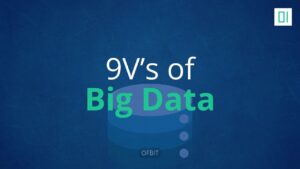In data analytics, descriptive analysis serves as the foundation for deriving meaningful insights. Descriptive analysis involves summarizing historical data to identify patterns, trends, and relationships. By transforming raw data into understandable formats like charts, graphs, and tables, descriptive analysis enables businesses to make informed decisions quickly and accurately.
What is Descriptive Analysis?
Descriptive Analysis is the process to present summaries about data to uncover what has happened over a specific time frame. However, Descriptive analysis does not attempt to interpret the data.
These summaries may include various statistical values and certain graphs. Different types of data are described using different methods.
Descriptive analysis does not predict future outcomes or suggest solutions but focuses on presenting facts in a clear and digestible manner. Common techniques include calculating averages, medians, percentages, and frequency distributions.
Examples of Descriptive Analytics
Descriptive Analytics involves summarizing historical data to identify patterns, trends, and relationships, which enables businesses to make informed decisions quickly and accurately. Let’s understand by some examples of Descriptive Analytics.
Marketing Campaign Evaluation
Marketers use descriptive analytics to evaluate campaign performance by tracking metrics like click-through rates and conversions.
Healthcare Monitoring
Healthcare professionals analyze patient data trends such as recovery times and symptom frequency.
Financial Reporting
Descriptive analysis simplifies financial data into readable reports, assisting in budget allocation and forecasting.
Customer Experience
Companies analyze customer feedback and behavior to enhance user experience and service delivery.
Summary | Descriptive Analysis
In today’s data-driven environment, descriptive analysis is a vital step toward understanding and improving business outcomes. By turning raw data into meaningful insights, it lays the groundwork for deeper analytics like diagnostic and predictive analysis. Whether you’re a business leader, analyst, or student, mastering descriptive analysis is essential for informed decision-making.
Stay Connected & Keep Learning!
Did you find our articles and tutorials helpful? Stay updated with more expert tips—Follow us on Facebook and Instagram!
Be Part of a Global Tech Network! Join our Official Facebook Group for live Q&A, discussions, and networking with a global tech community!




